Tamebay contributor Glenn is a seller as well as a buyer and today talks about one of my pet grievances – clothing sizes and the lack of standardisation, even on item of clothing even from the same brand.
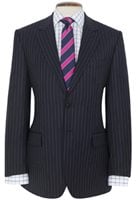 Last summer I purchased a business suit from a High Street retailer who specialises in large and tall sizes. Having tried on several pairs of trousers and jackets I succeeded in purchasing a comfortable suit, although I accept that I paid a premium for the larger suit.
Last summer I purchased a business suit from a High Street retailer who specialises in large and tall sizes. Having tried on several pairs of trousers and jackets I succeeded in purchasing a comfortable suit, although I accept that I paid a premium for the larger suit.
As it transpires I recently needed a formal evening suit and found an suitable suit by the same manufacturer on Amazon at a considerably lower price than the previously mentioned High Street retailer. Because it was the same manufacturer I felt confident that the sizes would be consistent and the suit would fit well. It did and I was very pleased with my Amazon purchase and significant saving.
As an Amazon FBA seller I regularly receive notifications of returned products with size being the most commonly stated reason for returning goods. I accept the stating “the size wasn’t right” isn’t the same as the size not actually being right and ‘incorrect size’ might simply be the easiest return option. Other factors such as colour, texture and customers simply changing their mind all play a part in the return process.
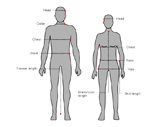 If only all manufactures could be consistent with sizes buyers could purchase clothing safe in the knowledge that size would not be an issue. Customers will always return goods and having template sizes will never eliminate returns, but any process which reduces the volume of returns has got to be a good thing.
If only all manufactures could be consistent with sizes buyers could purchase clothing safe in the knowledge that size would not be an issue. Customers will always return goods and having template sizes will never eliminate returns, but any process which reduces the volume of returns has got to be a good thing.
When I read a sales notification email from Amazon (FBA) showing the same product being purchased by the same customer in two different sizes I cringe, because experience has shown that at least one of the two items is going to be a return.
Standardisation of sizes and enforceable compliance by manufacturers is required if this problem is ever going to be resolved.




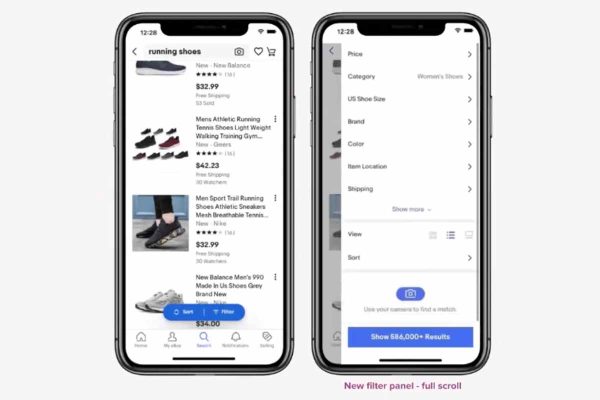
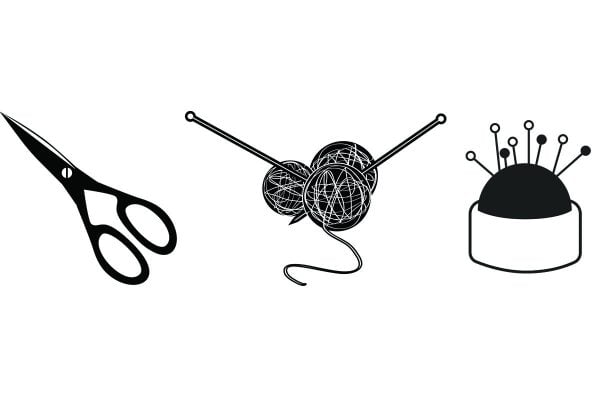
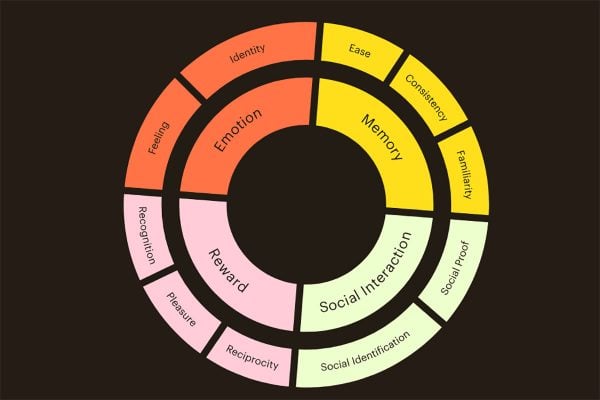


4 Responses
It’s not possible so don’t hold your breath!
I sell lingerie and sizing is always an issue. Every manufacturer has their own idea of what a size Small or size 12 should be and they vary widely. (And the more expensive/exclusive the designer is, the smaller their sizes are!)
But it isn’t just the fault of the manufacturers – style plays a big part too. Take the humble T-shirt. You can buy one that is a standard fit or a skinny, fitted style, or a big baggy oversized style. If I bought a size Medium in each, I wouldn’t expect them to have the same measurements.
And what about fabrics that stretch or styles that are adjustable?
I always give the manufacturer’s label size but also add my own measurements and say if the garment will fit bigger/smaller or is tight around the midriff or whatever. Even so, I get returns for size issues – it’s just part of the job.
And often, men buying for their wives just get it wrong! (On the other hand, women always think their hips are at least 3″ smaller than they really are!)
C’est la vie…
I have in the past bought items with more than one size. Its very simple. I have a son. He is almost as tall as me(I am 6 foot 4 inches he is 6 foot). The other measurements are significantly different. I might see something that I like and that I know that he will like and I buy one(or more) in my size and 1(or more) in his size). It does not mean that any will go back because of sizing problems. In fact I cannot remember sending any of them back.
The problem with Amazon is compounded due to authority given to information flowing from some sellers or even other marketplaces like DE.
We also sell lingerie like Jane does and our experience has been no different.
We have documented remarkable reduction in returns due to sizes (for example, for some night slips, the returns reduced from as high as 50% to manageable 5%) when we fought with SellerSupport to change size notations from S,M,L,XL to 8-10,…. The problem is that it is a long drawn process with Amazon and when a Seller with higher authority lists again, we go back to square one.
Also, I have learnt in my interaction with many very large sellers that their idea of the “real” costs of return range from nothing to just the postage.
Whereas, based on my past significant experience, when I modelled our true return costs in terms of attributable direct costs like postage to non-attributable costs like customer service, the cost shot up to 23% of the selling price for the returned orders.
I am sure if all the sellers knew what it really costs and how this costs can simply be turned into profit by just being attentive to product information, we will be in a near perfect marketplace scenario.
When I worked at ‘Tie Rack’ in the early 1990’s, we introduced silk shirts/blouses for men/women…….. They came in ‘Small’, ‘Medium’ & ‘Large’………. The front of the packaging had a large logo stating ‘Small, Medium or Large’, and the back of the packaging had the corresponding chest sizes…. The information was 100% accurate….However, we were getting an avalanche of returns from men & women….. Women were mainly bringing back smalls ^& exchanging them for mediums…Men were mainly bringing back Larges & exchanging them for mediums…
We rechecked the sizes & could find no problems.
Then someone in head office had the bright idea of re-labelling the front of the packaging…..The small ladies blouses would be labelled ‘EXTRA SMALL’,,, the mediums – SMALL, and the Larges- MEDIUM……. ..For the men, the smalls would be labelled – MEDIUM, the mediums- LARGE,and the Larges– EXTRA LARGE.
Returns stopped overnight !!!